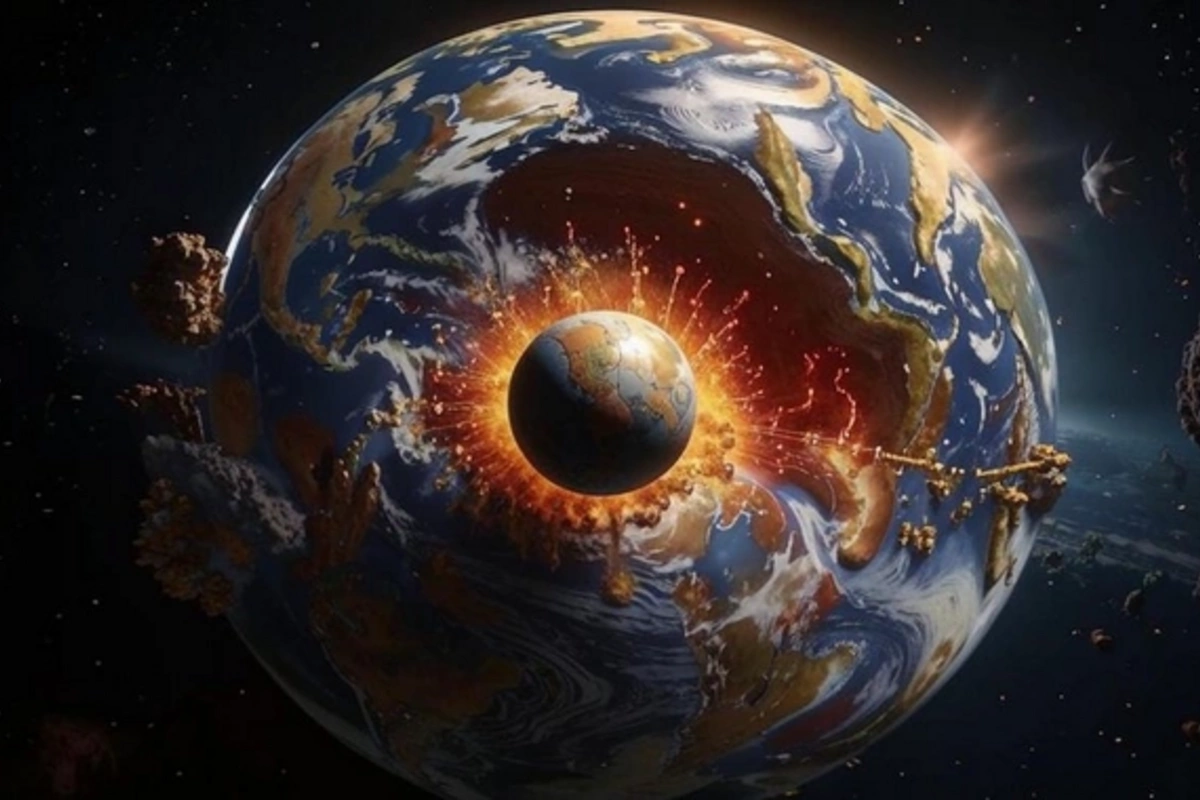22 May , 23:36
0

Sensation in geology: Hawaiian rocks reveal secrets of Earth's core, forcing scientists to rewrite textbooks. Researchers have discovered irrefutable evidence that material from the very heart of our planet can travel thousands of kilometers and reach the surface with magma, contradicting decades of scientific understanding about the isolation of the core.
As noted by geochemist Forrest Horton from the prestigious Woods Hole Oceanographic Institution (USA), the results obtained may lead to a fundamental revision of the entire history of mantle formation and Earth's evolution as a whole.
Previously, the scientific community had already encountered hints of the presence of core material in volcanic rocks. For example, unusual ratios of helium and tungsten isotopes were identified in samples from Baffin Island. However, those data left room for doubt and alternative interpretations.
In the new study, published in the authoritative journal Nature, scientists focused on ruthenium — a rare metal that is predominantly concentrated in the planet's core. The Hawaiian rock samples contained isotopic ratios of ruthenium (100, 101, and 102) that differ significantly from those characteristic of the Earth's crust. This convincingly proves that the material could have risen from the deep layers of the mantle or even from the boundary of the core.
The breakthrough was made possible thanks to an improved analysis technique developed by geochemist Nils Messling from the University of Göttingen, which allows for the detection of the smallest traces of ruthenium in the studied samples.
Scientists emphasize that the obtained data align well with modern understanding of Earth's formation: the core formed more than 4 billion years ago, while the mantle and crust underwent intensive meteorite bombardment, which significantly affected their isotopic composition. The observed differences in isotopic ratios between the planet's layers confirm the deep origin of the studied materials.
According to the research team, the ascending magmatic flow most likely originates at the boundary between the mantle and the core. Horton considers the results obtained to be very convincing, although he notes the need for additional confirmation from other geologically active zones of the planet.